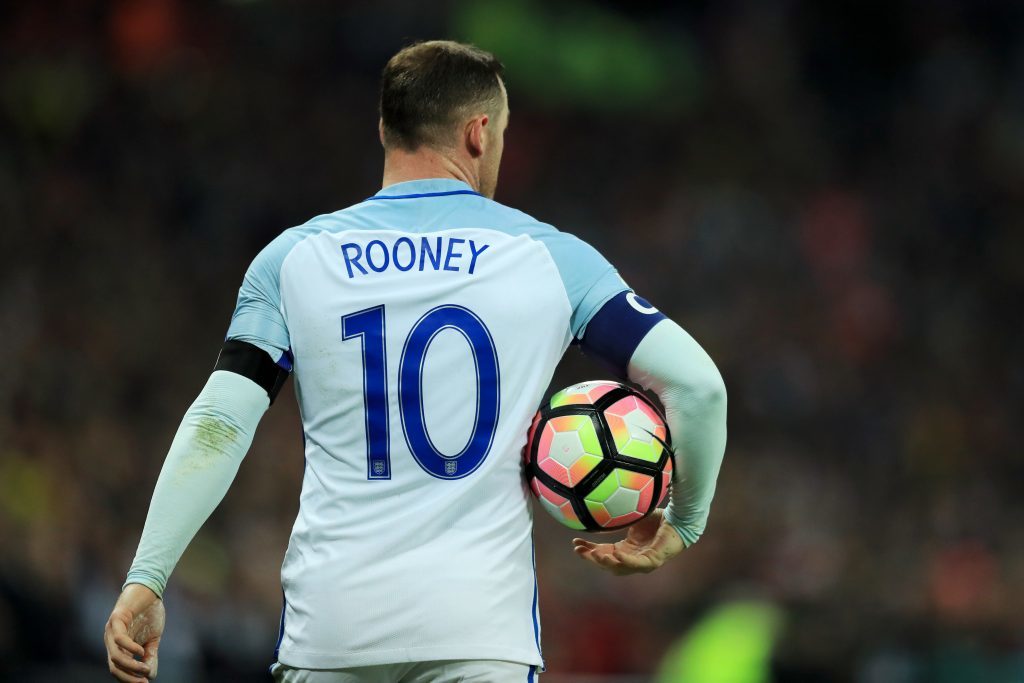Wayne Rooney suffered the lash from the English media for supposedly having a few drinks with a wedding party after the recent Scotland match at Wembley.
Rooney accused the press of trying to “write my obituary” and in fairness to him it’s difficult to understand what the issue was, although a puritanical view of a footballer drinking seems to be at the root of it, which is a bit rich coming from football journalists.
Alcohol and athleticism are certainly dangerous bedfellows, but any notion that our top footballers are not fit is wide of the mark.
Professional football players are very fit. Don’t let anyone kid you otherwise.
One of the great fallacies of the modern age is that they don’t train hard or often enough and aren’t as fit as other sports stars.
Some sports may train for longer but usually these are sports where body contact is not the order of the day.
False comparisons are regularly made between footballers who only train ‘and hour and a half a day’ compared to other sports where greater time is spent in preparation.
That is sometimes true, but with good reason: to ensure adequate recovery time for the next match.
Most full time players do a couple of double sessions weekly, set plays, walk though drills, and video analysis. There’s also toning and gym work to add to the load.
The average professional player will run around 10 kilometres in a game, some more, some less depending on position. That’s over six miles in old money or nearly five runs across the Tay Road bridge.
That running is also being done amid bone crunching challenges and tackles, while performing a combination of short, sharp bursts or long, demanding runs with limited recovery time between the next burst.
A body can’t cope with those demands if it’s not honed to peak perfection. With modern sports science, players are better prepared than ever before in terms of structured and tailored training routines and dietary and nutritional advice.
The modern player looks after his body well, with strict and rigid attention to detail. They must, in order to maintain the standards required to prosper in the sport.
A few beers or glasses of wine in the aftermath of a game will not detract from a player’s performance and those who do take a drink are usually moderate and don’t indulge in midweek.
Many players don’t drink at all and the physical demands of the sport ensure that the vast majority are scrupulous about their diet.
Players are of course living the dream of all fans.
Which football supporter doesn’t fantasise about pulling the jersey over the head when sleep calls and the imagination runs riot?
What seems like an idealistic life style though can make tough and rigorous demands both physically and mentally in a sport where competition is tough and constant.
Most players will not have the talent of Lionel Messi or Cristiano Ronaldo, but when it comes to hard graft on the training pitch and the playing field, they really aren’t working a flanker; they are working their socks off.










